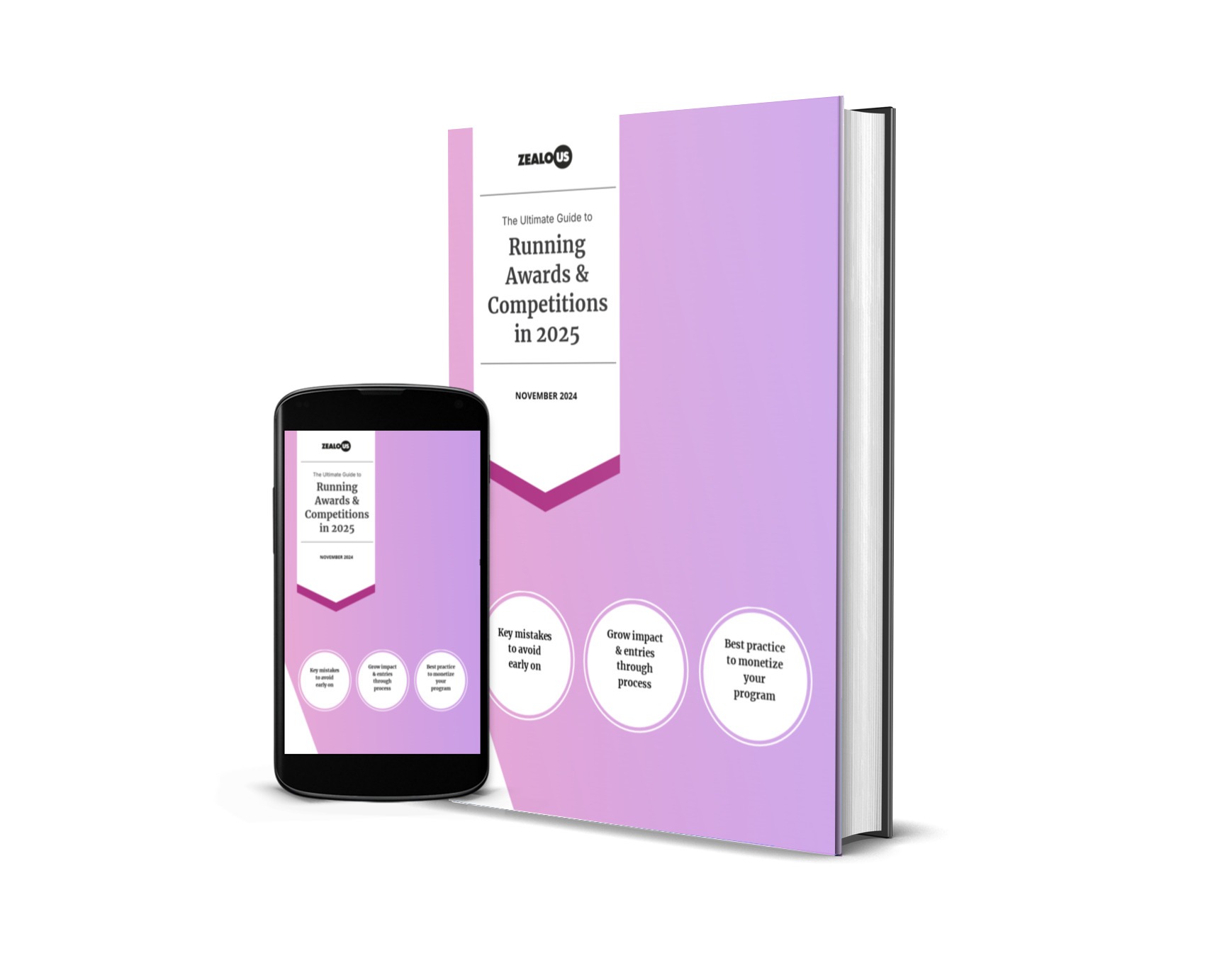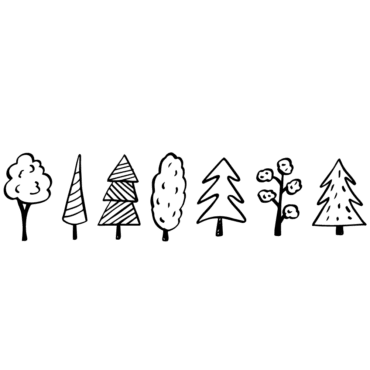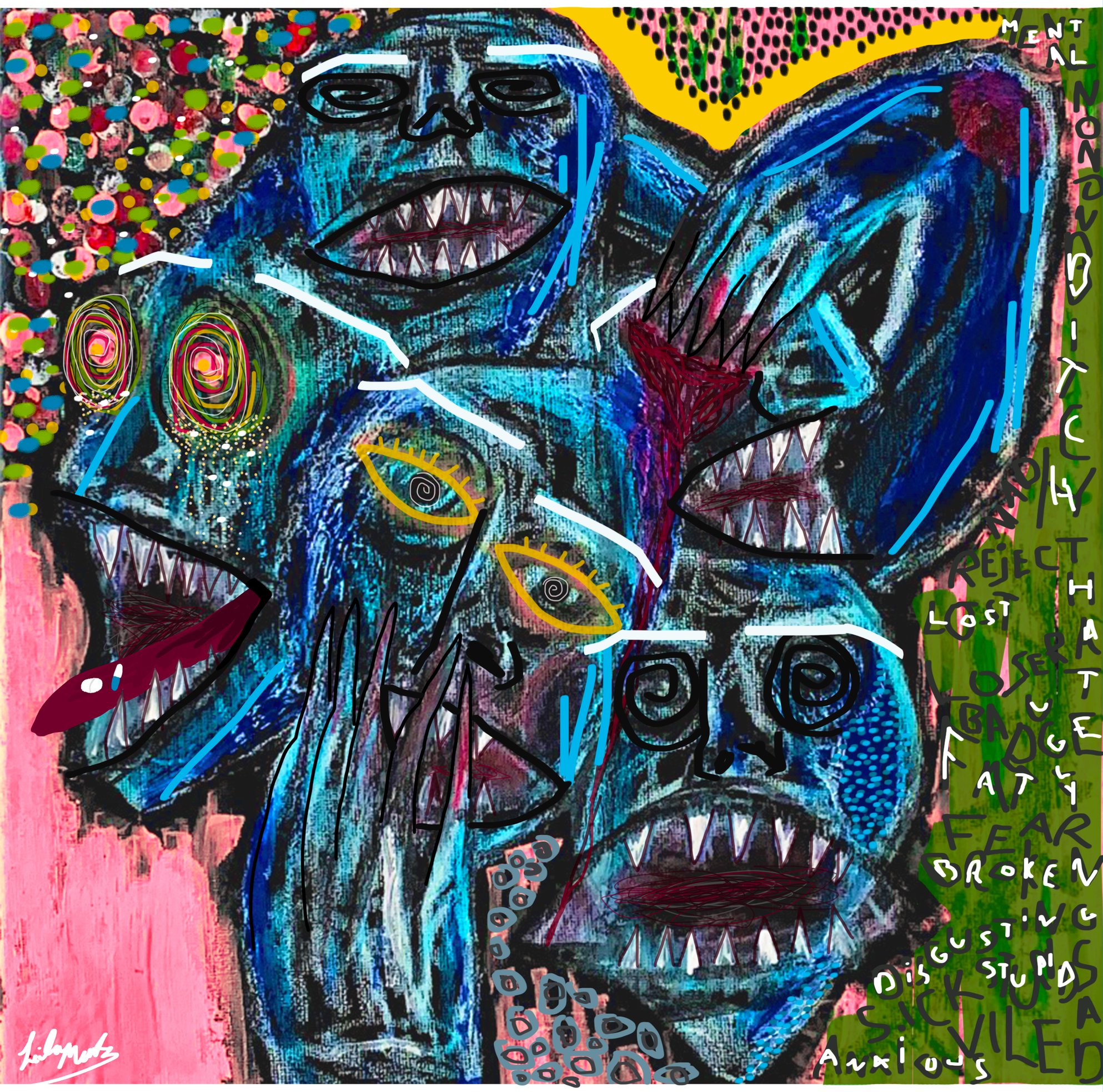Hi Oskar, congratulations on winning It’s Art Call 2018! Your neosculpture, Recycled Future is made of found and obsolete objects and depicts a futuristic city. What inspired you to create this project?
For as long as I can remember, sci-fi has been my thing. I collected Marvel and DC comics, loved Star Wars and similar productions. Cosmic creatures and cityscapes worked like a magnetic candy for my young eyes. Throughout the years, hundreds of images and impressions have been stored somewhere in my brain. Travelling to places like Mumbai, Tokyo or simply living in London triggered the thought for the creation of a complex futuristic metropolis.
There was a crucial moment for the idea to surface when I had to decide what to do with the off-cuts created whilst working on the previous sculpture. Since the waste pieces were rather small, it looked like a scattered village to me. The village has grown like a mushroom on steroids over time, gradually turning into a metropolis. In this process, I decluttered my apartment and motivated some friends to do the same thing.
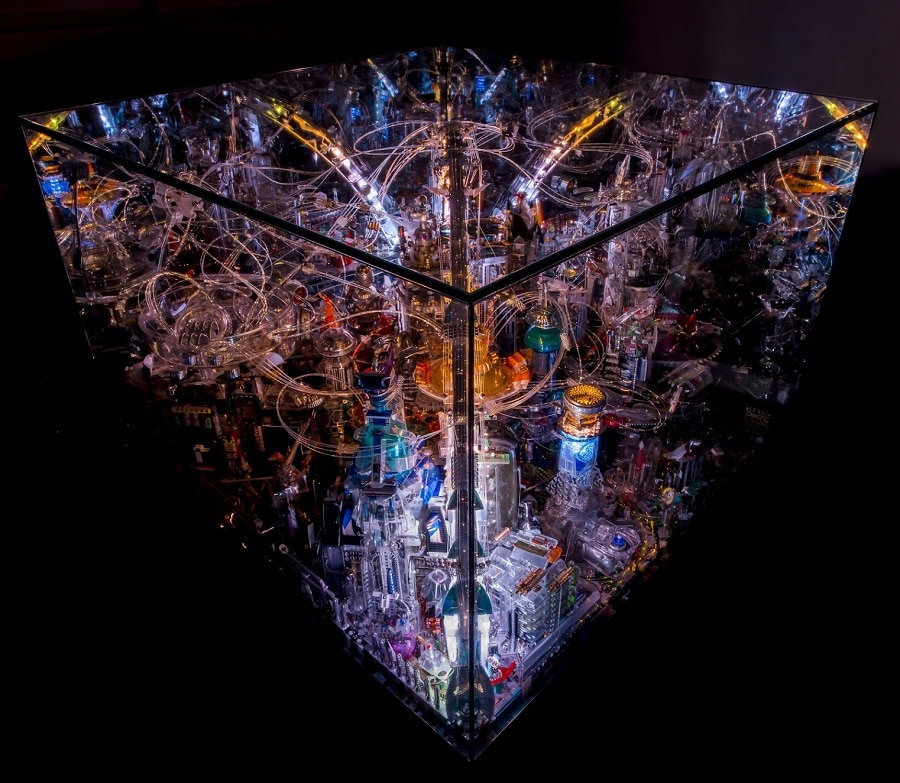
With approximately 25,000 pieces and 2,500 handmade clay people, ‘Recycled Future’ took you almost three years to complete, while ‘Amalgamea’ involved a few hundred hours of painting and drawing. Can you tell us a bit more about your creative process?
My creative process (and not just mine I believe) comprises of pain and bliss – these are constituents on that spectrum. Usually the stages of designing and describing the project are enjoyable and exciting. Working on repetitive tasks, such as 2,500 clay people can be meditative and back-breaking. It is important to recognise the time of a ‘creative wave’ and surf on it whenever it comes. If you keep crushing against it, the mentioned pain arises.
My first Neosculpture, Amalgamea started its life as a drawing. I was simply testing some new markers on a big Fabriano sheet. I kept doodling some floral motifs whilst on the phone, then used a scalpel to remove bits I didn’t like. Flat paper became a cone with holes and at that point I decided to light it up. Its base turned into an alien-looking animal with legs and horns. I hit a pretty good rate of ‘flow’ making Amalgamea, as nothing was forced. That’s also the time when the world of free materials opened up for me.
You say that you’re inspired by technology and science. Did you always want to become an artist or did these areas ever appeal to you?
I never decided that I wanted to be doing art. I dare say that fish never had the single eureka moment and started to swim. As for science and technology, I was promptly discouraged early by my father and the education system. I rediscovered science later in life. Merging it with art fascinates me.
Under your brand, ‘OK’, there are some freelancers who help with artistic concepts and projects. How has collaborating impacted your work?
Collaboration is empowering. Sharing common goals with a specialist broadens one’s horizons. Finding the right people is crucial. It would be very hard for me – if not impossible – to complete any of my sculptural pieces on my own. Starting with my talented electric engineer Tom, sound engineer Artur or videographer Piotr, the list of people goes on.
My latest piece, ‘Colony on Mars 2071’ involves extensive coding for Raspberry Pi, custom soundscapes, lights, kinetics and CGIs. These are fields in which I wouldn’t put my hands on. Being a bit of a control freak however, makes me work very closely with each professional. I’m always open for meeting new talents relevant to my work.
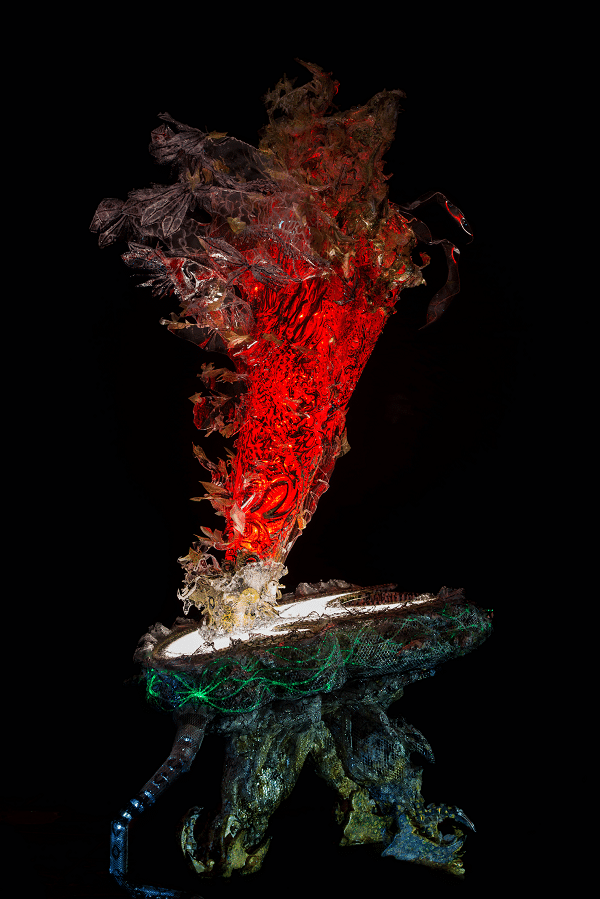
You turned to sculpture in 2012 after a period of focusing mainly on painting and drawing. Now OK’s main activities are in these three mediums plus photography, video and installation. How has your practice evolved over time?
I don’t quite remember when I started to draw, but there is a sepia photo memory of me, age 3, grinning over the piece of paper whilst clenching a pencil in my fist. I never stopped my life’s main activity – just let it flow. At 15, I moved onto painting despite my partial colour blindness. Until 2012, I alternated painting and drawing, doing a bit of photography and video too. As described previously, moving from drawing into sculpture was seamless and a bit surprising. It felt right from the start, especially because sculpting involved all my previous experience with other mediums. Right now, I’m 100% focused on making sculptures as that field seems boundless, surprising and very rewarding.
Is there anything you’re afraid of as an artist? How do you overcome that fear?
I’m not afraid of death due to my non-religious beliefs. My worries as an artist are that I may not finish my most important work if I die. I think about it sporadically though.
What’s the best piece of advice you have ever received as an artist?
The best advice came from my father. When I was a teenager, he said to me, “Don’t waste your time on art, this will never generate any money”. Much later, I realised that my strong motivation to be recognised as an artist came from rebelling against my father’s words. Through this discovery of the source for my motivation, I dissolved my ill urge to get rich through art. We all need money of course, however it shouldn’t be the focal point. Ideally financial reward comes as a by-product if you focus on work you are passionate about. Oh, and my mum taught me to focus on one thing and do it properly rather than spread myself too thin. I think that’s really good advice!
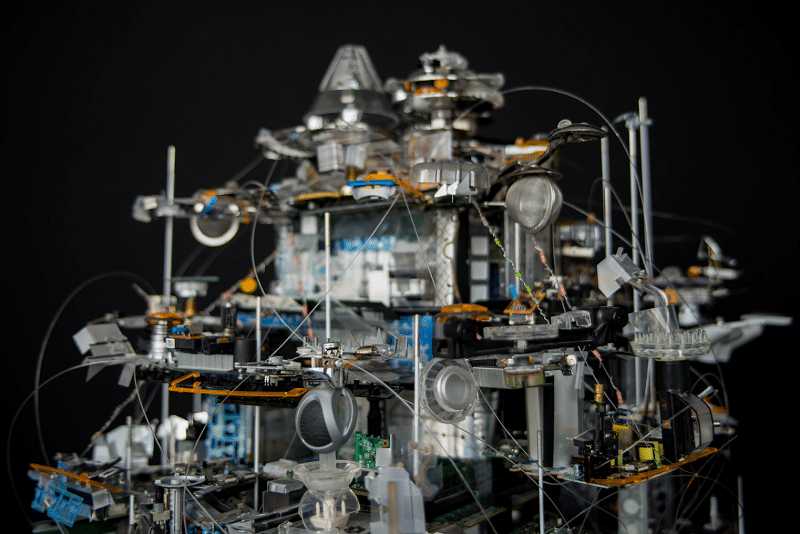
Let us know you want us to write more content like this with a love!
Share
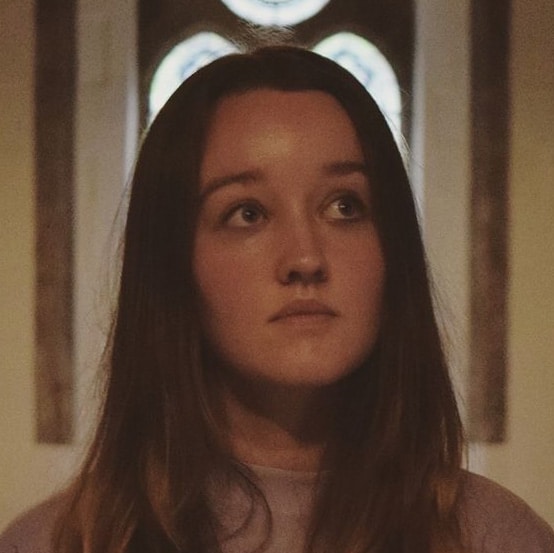
Charlotte Lynch
Marketing Manager
